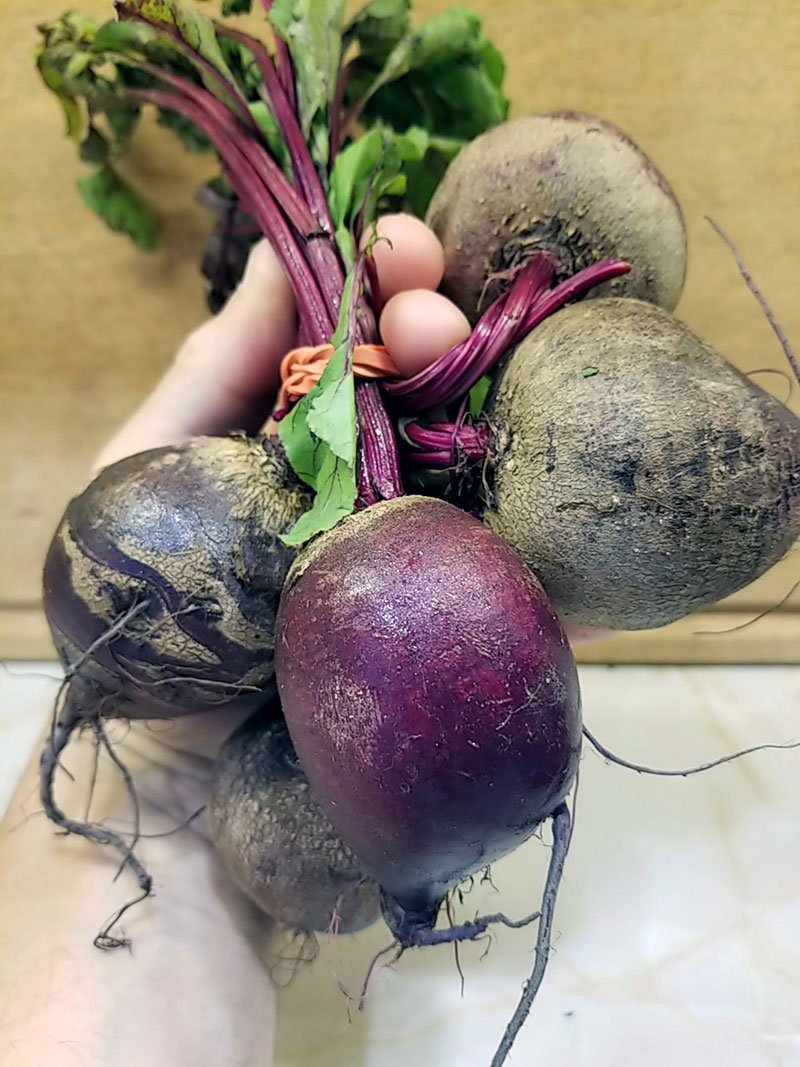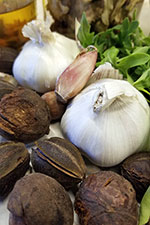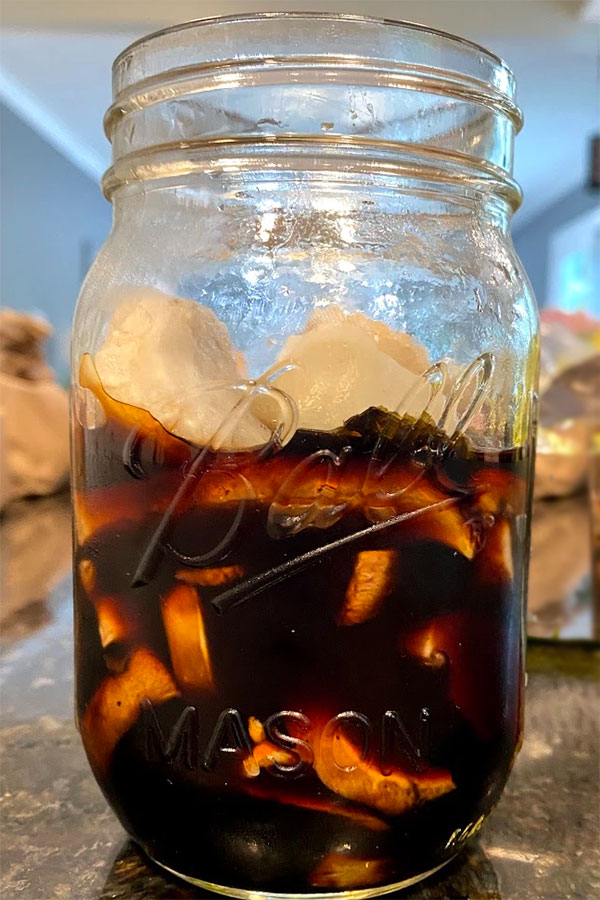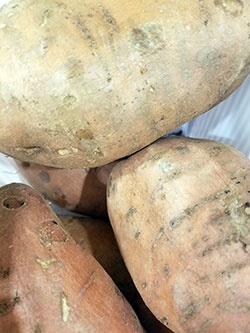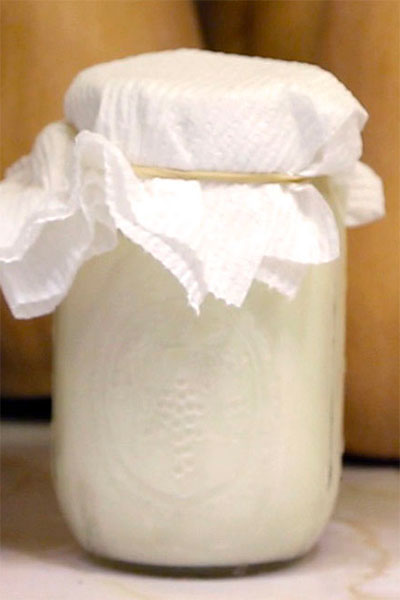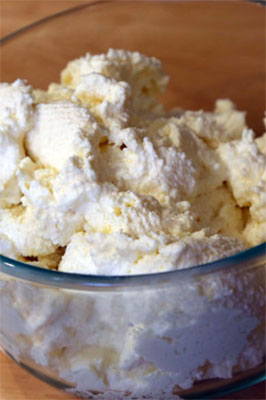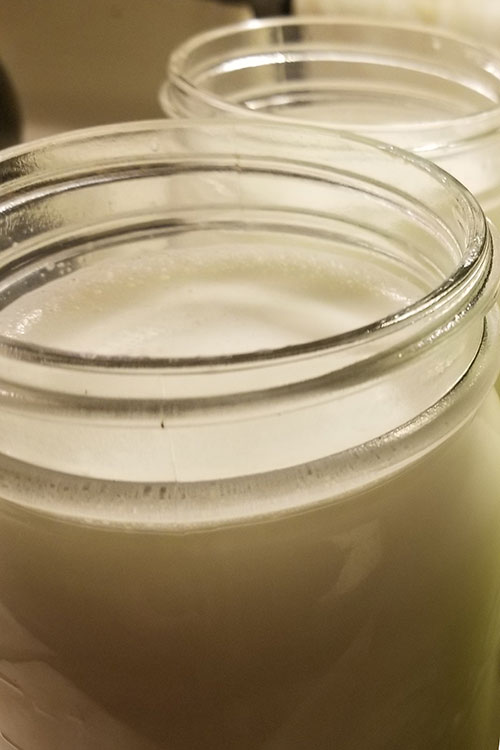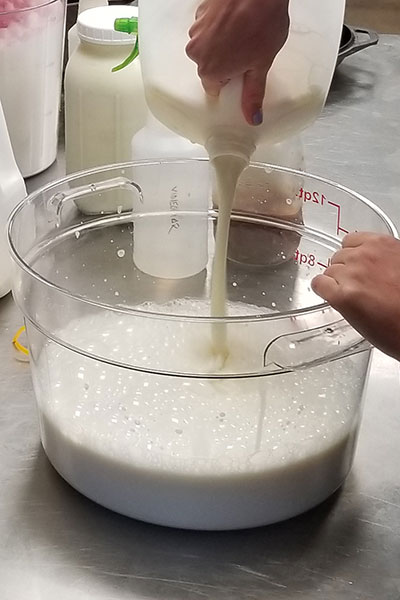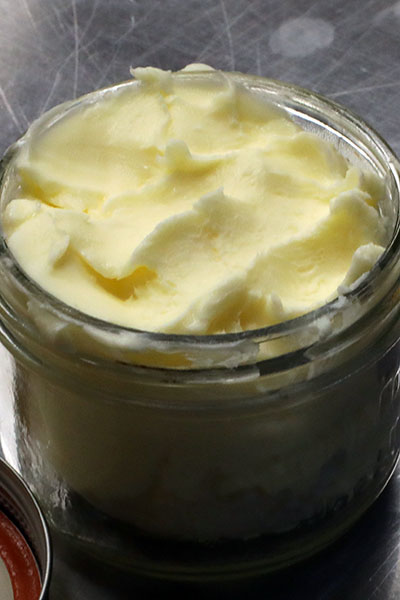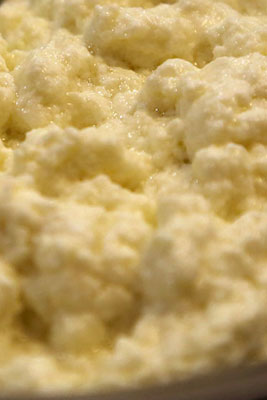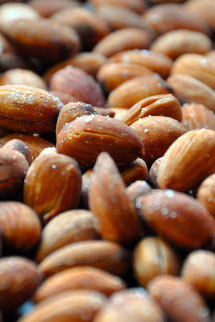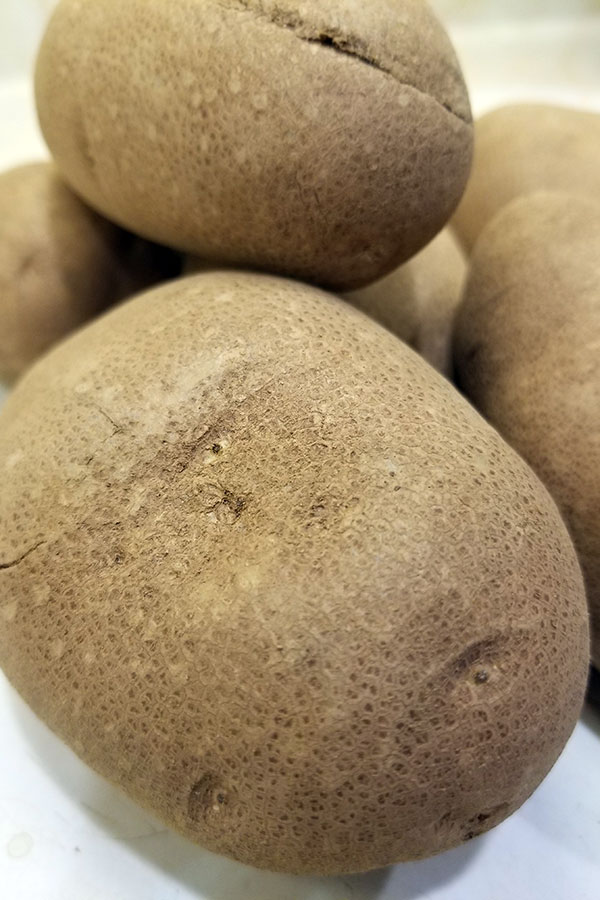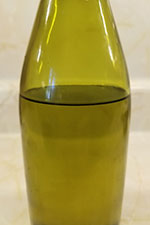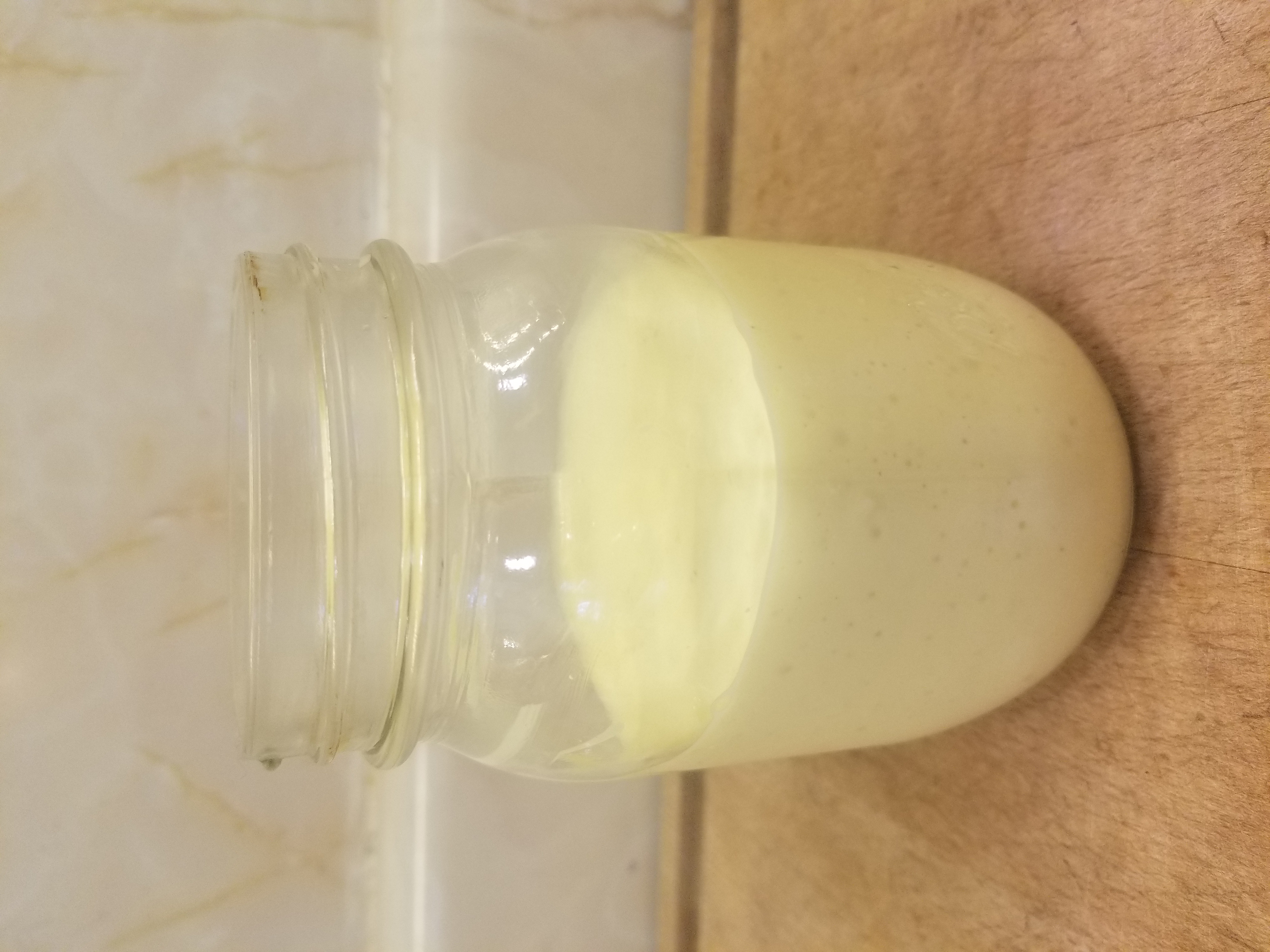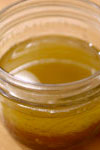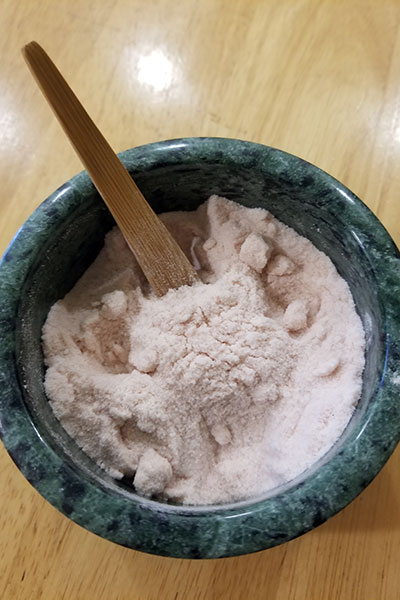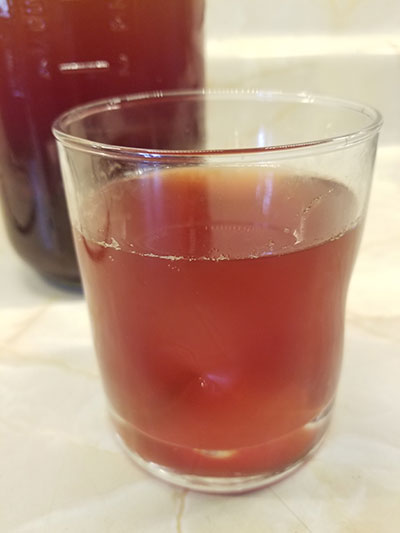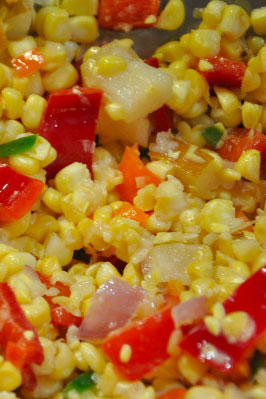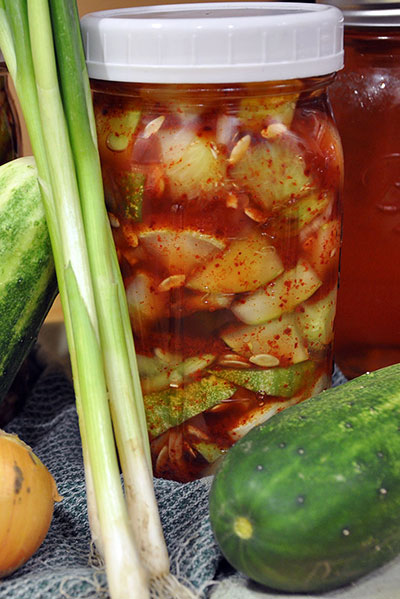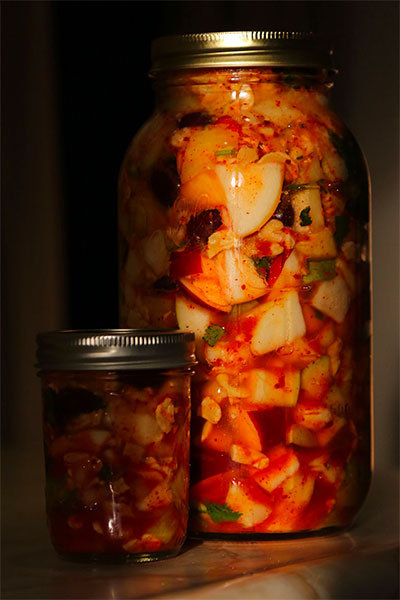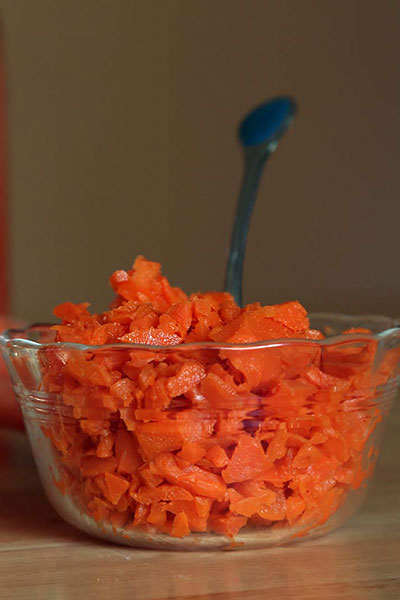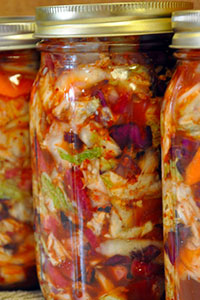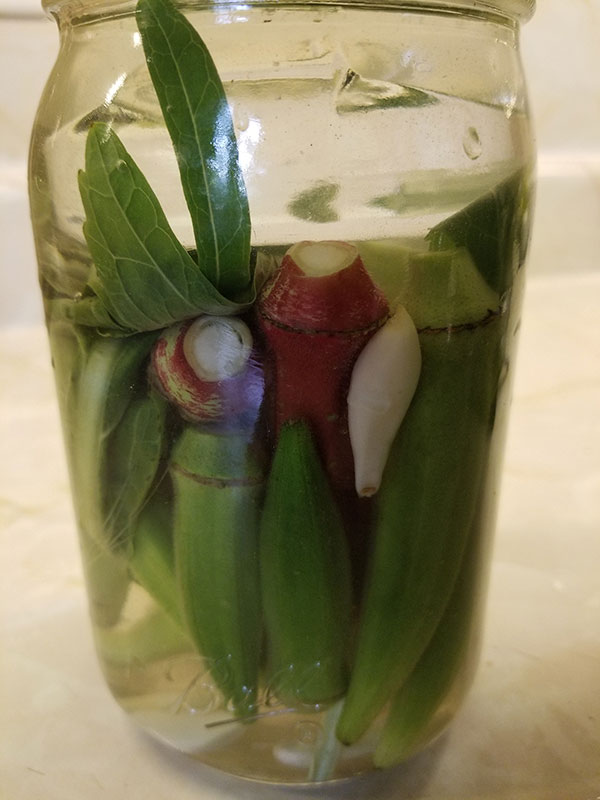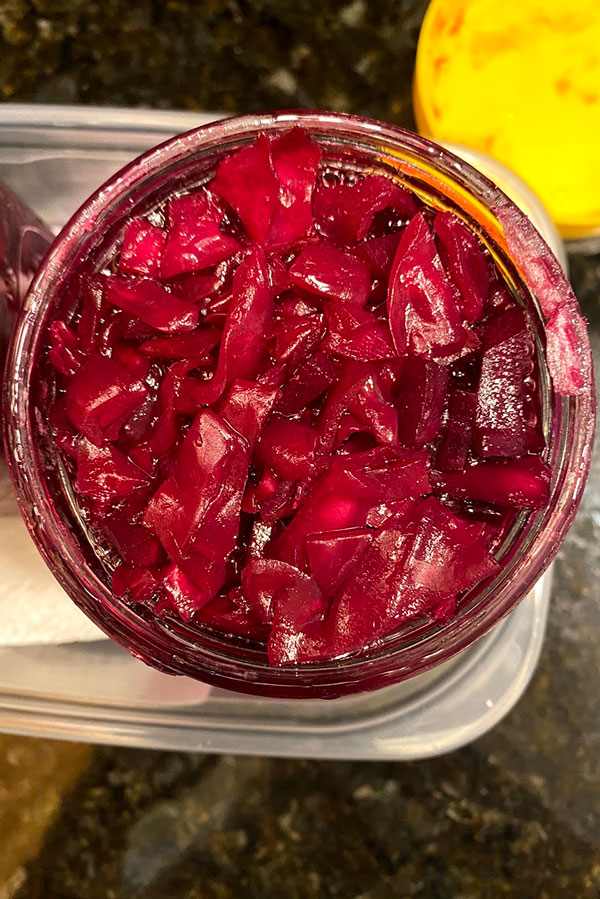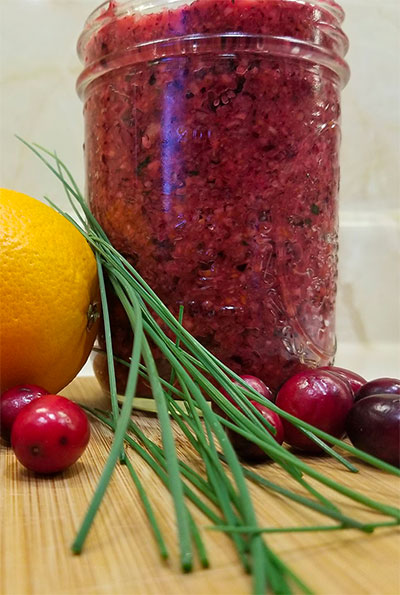The Nutrient-Dense Dorm Room
Adjusting to life on campus can present some challenges when it comes to nourishing food choices. Mainstays of pizza and fries, fast food takeout, and packaged snacks and beverages can lead to compromised health.
The good news: despite limitations in budget, space, and kitchen access — and the prevailing clichés of ramen noodles, granola bars, and energy drinks — with a few modifications a thoughtfully provisioned dorm room could provide the foundation of a vibrant college experience and the healthiest version of yourself.
Outfitting Your Dorm Room
What Not to Bring to Campus
Campus residences often prohibit toaster ovens, toasters, grills, sandwich makers, and open coil appliances. Confirm what's allowed in your residence hall before investing in appliances.
Dorm Room Essentials
- Glass, mug, and water bottle. Water is important. See below.
- Fork, knife, spoon. Bring from home or purchase a set online or from a local store. Make sure it's a re-useable set to avoid wasteful single-use plasticware!
- Glass or silicone food storage containers with lids. Mason jars are a handy stand-in and can be used for many more food storage and preparation purposes.
- Mini-refrigerator. This can be gifted by outgoing students or the cost of a new one might be split with a roommate.
- Water filter pitcher. You'll never have to worry about stocking wasteful plastic water bottles or making extra trips outside the dorm to fill up re-useables if you can get water from the sink!
Basic Kitchenware and Small Appliances
Depending on what types of food you enjoy, a variety of culinary implements can make nourishing food accessible.
- Wooden spoon. Beyond serving as an impromptu wand at Harry Potter-themed parties, it'll come in handy for stirring and mixing all kinds of things.
- Measuring cups and spoons. Small nesting sets won't take up space.
- Can opener. The right tool for the job.
- Glass or stainless steel mixing bowls. Whether you decide to get into fermentation, baking, making puddings and sauces, or marinating, a couple of these can make it easy to combine ingredients without a mess.
- Wooden cutting board. Great for chopping ingredients or as a serving platter.
- Blender or immersion blender. For smoothies, soups, nut butters and milks, and more. While a high-end blender can last a lifetime, a basic model won't break the bank. Nutrient dense tip: make salad dressings and mayonnaise with nourishing fats and avoid harmful additives.
Small Kitchen Appliances for Cooking Food
If you don't have access to a stovetop where you'll be living, portable appliances can be game changers. They can often be borrowed from friends since they're usually not in continuous use. Or check to see whether the Residential Life office will spring for one to be shared by your floor as part of a student life programming activity.
- Electric hot pot.This small, multifunctional device can brew tea, boil water for soup, steam vegetables, and cook eggs.
- Instant Pot. From sautéing to pressure cooking and slow cooking, this can even make a gallon of yogurt at once. Nutrient dense tip: ferment milk into yogurt for beneficial probiotics.
- Induction cooktop. For the serious gourmand, this safe alternative to open coil burners uses a spinning magnet to heat stainless steel or cast iron cookware. Any pots and pans with a magnetic base can be used with it.
Dorm Room Food Tips
Stay Hydrated for Snack Savings and Sustained Energy
Humans evolved near coasts and inland lakes with ready access to mineral-rich water and foods. While a lot has happened in the past few million years, we have the same biological needs that we did then. Our bodies are about 60% water, and to optimize our hydration we need the minerals that are packaged in unprocessed salts.
Try to drink about half your body weight in ounces over the course of a day, more or less depending on how active you are. Make it a ritual by connecting it with other daily activities. Sip from a special glass or mug, or invest in a stainless steel water bottle. It might just pay for itself in reducing the urge to indulge in snacks between meals. Nutrient dense tip: eating a variety of plant foods extends the hydrating power of water.
Pass the Salt
Support hydration by adding a pinch of mineral-rich salt to your water. Avoid iodized table salt which has been refined of minerals and might contain anti-caking agents. Pink Himalayan salt is a popular and affordable option that makes a Zen-like display in a jar or small bowl. Other natural salts include Celtic salt and Redmond's Real Salt. Nutrient dense tip: use mason jars to ferment cabbage and root vegetables in your dorm room into sauerkraut and kimchi for use as salty condiments.
Follow the Seasons and Shop Local
Fruits and vegetables lose nutrition when imported from distant regions. You can promote sustainability in our food system and maximize your nutrition by focusing on purchasing produce when it's in season. Leafy greens are abundant in spring and fall, fruits in summer, and root vegetables in winter. Try new foods and go for variety to maximize micronutrients. Nutrient dense tip: Sauté or steam dark leafy greens and serve with fat to enhance nutrient bioavailability.
If possible, source whole food products directly from producers by visiting a local Farmers' Market, such as the Chestertown Farmers' Market held every Saturday morning. The growers are often happy to sell price-reduced “seconds” produce and can provide insight into the quality of the foods. This can often be more economical than a grocery store. Support locally-owned stores if possible. This keeps money circulating in your community, which helps to strengthen the local economy.
Embrace Fats
We need quality fats to absorb vitamins A, D, E, and K — and to provide sustained energy for our bodies. Animal fats such as grass-fed butter, ghee, lard, and tallow can be used for cooking, as well as fruit fats such as cold pressed olive oil, coconut oil, and avocado oil. Be sure to look up the appropriate temperatures for cooking with each kind of fat. Avoid vegetable oils (including canola oil), or oils pressed from seeds, which can stress our bodies.
Supermarket Produce
At the supermarket, shop around the perimeter for produce and animal products. Purchase certified organic produce when possible to avoid synthetic pesticides. Wash all produce with edible skins before eating.
Shelf-Stable Foods
Canned wild caught salmon, sardines, and anchovies are affordable animal products that are low in mercury. They can be eaten with minimal preparation and are a great starting point to get comfortable with seafood in your diet. Nuts and seeds can be bulk purchased for cost savings. Nutrient dense tip: sprout nuts and seeds. Get more ideas for pantry essentials.
Eggs and Poultry
“Vegetarian fed” is not a virtue when it comes to eggs and poultry. Chickens are omnivores and thrive on insects, gastropods, reptiles, amphibians, and plants. Purchase pastured chicken products whenever possible. Free range or cage-free chickens are a step up from conventional, in which the birds might be raised in confined battery operations. Boiling eggs (or an entire chicken!) is a nourishing and easy possibility in a dorm room.
Pork, Beef, Lamb, and Seafood
While pastured pork and grass-fed and -finished beef and lamb promote nutrition and animal welfare, buy the best you can based on your budget. Purchase fresh wild-caught seafood, focusing on fish lower on the food chain with less mercury exposure. Mollusks like oysters, scallops, and clams can be purchased from sustainable farm operations. Like eggs and poultry, these animal products provide an array of bioavailable proteins and vitamin B12.
Spice Things Up
Traditional culinary spices have a long history of health-promoting benefits. Many spices are rich in antioxidants that reduce inflammation in our bodies. Some scholastic benefits: compounds in sage promote calm thinking, and rosemary has been demonstrated to boost cognitive function.
Keeping a few spices on hand can enhance any dorm room dining experience. Learning how to use spices will lead to a lifetime of culinary creativity and expertise.
Grow Your Own Spices
If you have a sunny window, you can grow fresh herbs including basil, chives, cilantro, dill, fennel, lavender, oregano, parsley, rosemary, sage, spearmint, and thyme. Or harvest some from the Campus Garden herb spiral.
In Summary
With some salvaged, shared, or thriftily purchased kitchenware and small appliances, dorm room living is a fantastic opportunity to develop health-promoting habits and skills that last a lifetime. Get creative! Save money on snacks. Explore recipes from global cuisines, host potluck dinners with friends, provision outdoor picnics at our beautiful Green Spaces, and build unforgettable college memories around food!

